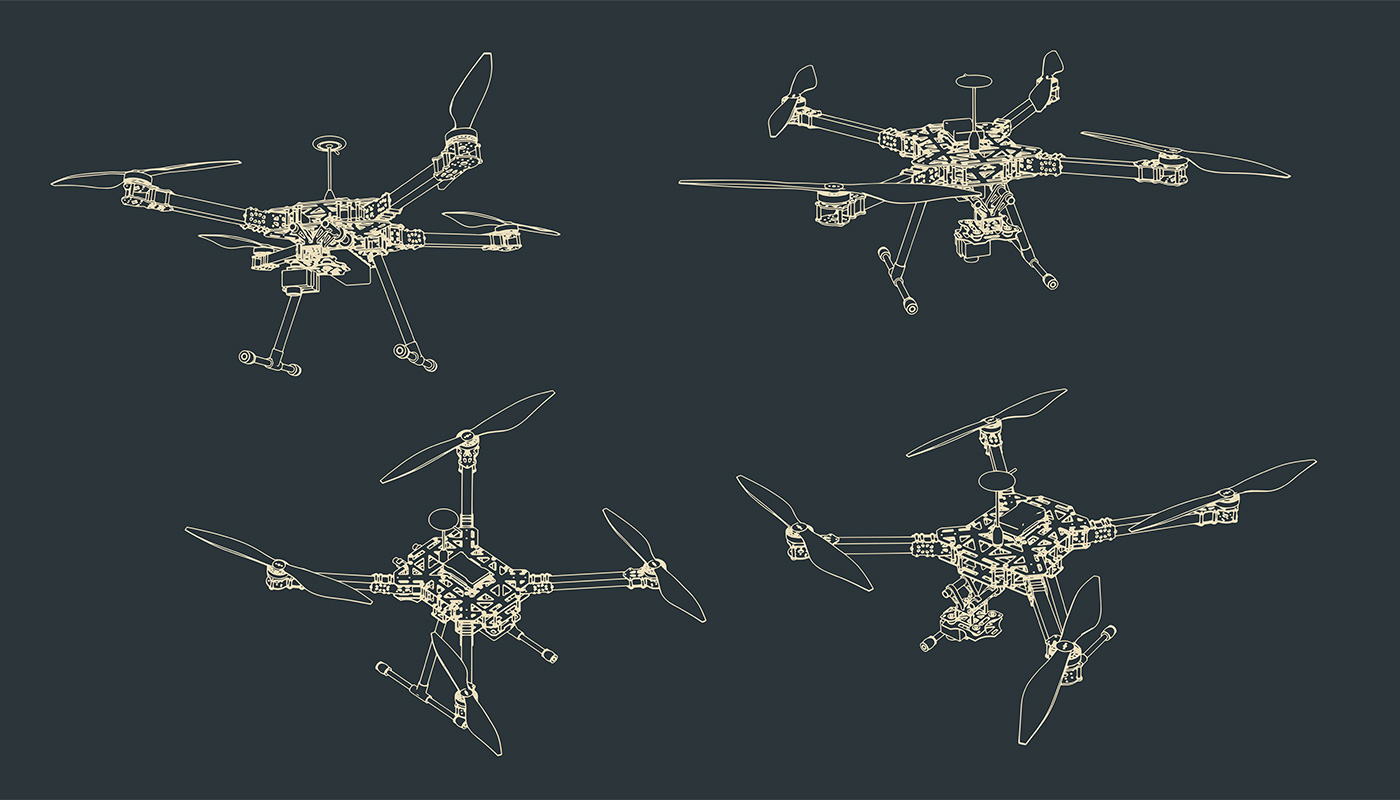
Utility patent vs. design patent: What protections do they offer?
When we think of protecting creative expressions with Intellectual Property (IP) rights, our minds typically turn to utility patents, trademarks and copyrights. But in many jurisdictions, a design patent can be obtained to cover the non-functional characteristics of a product. How exactly does this type of patent differ from a "traditional" utility patent in terms of scope, enforceability and protected material?
To answer this question, we will examine the similarities and differences in these types of patent protection to see how they can complement each other to reinforce a product's coverage and enhance an IP portfolio's strength and cohesion. After all, just as the individual components of an invention can be secured by their own utility patents, a design patent can sit alongside its more famous cousin and protect separate aspects of the same product.
Read our earlier article to find out more on how the Hague Agreement can streamline international design patent applications.
What is a utility patent?
Though various terminologies are used in different jurisdictions, a utility patent – as it is known in the United States – is an IP right issued to an inventor or organization for any new and useful process, machine, article of manufacture, or composition of matter or improvement thereto. If, for example, you developed an innovative system that helped prolong smartphone battery life in a unique way, the components and techniques involved could be eligible for protection under a utility patent, provided they were not obvious to someone with ordinary skill in the field.
To file for this type of patent protection, you would complete and submit a utility patent application to the appropriate IP authority, in this case, the United States Patent and Trademark Office (USPTO). This patent filing must include:
- An abstract
- Summary descriptions of the invention and the background of its development
- Detailed claims setting forth the metes and bounds of your invention
- Drawings of the invention and descriptions thereof
- A declaration of the invention's originality and
- All applicable fees for filing, searching and examination.
If approved, your utility patent can protect your IP from unauthorized use or duplication for up to 20 years. However, that period is not a given, as you must make periodic payments to keep the patent enforced. In the United States, these maintenance fees are due 3.5, 7.5 and 11.5 years after the patent grant date. There is a six-month grace period following each of these deadlines, during which you can pay a surcharge to preserve your patent rights.
What is a design patent?
As their name implies, design patents protect the visual appearance and surface ornamentation of an invention or article rather than any utilitarian or operative element. That said, it is not always easy to separate form and function, especially in the context of modern design philosophies. Any country that offers the utility patent option, like the United States, has a corresponding design patent option.
The design patent application process is broadly similar to its utility counterpart, but a successful filing gives protection for 15 years instead of 20 and does not require maintenance payments. This 15-year duration is a fairly recent change, beginning in May 2015 when the United States signed the Geneva Act of the World Intellectual Property Organization's (WIPO's) Hague Agreement Concerning the International Deposit of Industrial Designs.

Layering the protections afforded by different types of patents can make it more difficult for competitors to use workarounds to sidestep your IP rights.
Lately, design patents have grown in popularity and recognition as pivotal assets in highly competitive, increasingly tech-driven markets. Companies like Google and Meta (formerly Facebook), for example, protect their graphical user interfaces with U.S. design patents and equivalent IP registrations worldwide.
As we mentioned earlier, you can apply for and receive both patent types for the relevant elements of a single invention. However, when it comes to litigation, the implications are not always cut and dry. Consider the infamous patent infringement dispute between Apple and Samsung. Part of why the case lasted so long — the massive legal budgets of both parties notwithstanding — was that both design and utility patents came under scrutiny. The two tech giants battled for seven years across multiple jurisdictions, suits and countersuits before finally settling in 2018, with a final award of $539 million to Apple.
Copyrights do it better?
Yes, copyrights can cover the same IP as a design patent. Yes, they are automatic and longer-lasting – outliving their creators by 70 seventy years in the United States and Europe. But there is a crucial difference in the provisions for infringement. The standard for copyright infringement can only be met where substantial similarity is determined to result from access to the prior work. That is, deliberate copying must be established, and coincidental or independently derived articles do not violate earlier works. This is not the case with design patents. Once a design has been patented, any conflicting works in the same jurisdiction necessarily impinge upon its exclusivity rights regardless of whether the potential infringer was aware of the registration or not.
Of course, design patents and copyrights are not mutually exclusive, and you can always pursue both; the Statue of Liberty did.
Patent varieties around the world
Most countries use the term "patent" to refer specifically to the IP rights conferred by a utility patent in the United States. The rights other nations' patents provide are essentially the same, and most share a 20-year maximum, with certain extensions for pharmaceuticals or agricultural chemicals available in the EU, United States and various other jurisdictions.
Many countries, including Australia, Japan, China and most of Europe, offer a shorter-term alternative to a utility patent called a utility model. The eligibility standards are considerably lower than those for a standard patent because there is no substantive examination requirement. On the other hand, though they require no renewal fees, utility models only last 10 years and lack the legal heft of a granted patent because numerous key jurisdictions do not recognize them, principally the United States, United Kingdom and Canada.

Knowing which aspects of your invention to cover – and with which type of patent – is crucial to an efficient and effective filing strategy.
Meanwhile, the IP protected by design patents in the United States is widely covered across the world, thanks in no small part to international agreements such as the Hague system. That said, there is again some variance in terminology and duration. In the EU, a registered Community design (RCD) is initially valid for five years and can be renewed at five-year intervals for a maximum of 25 years of enforcement. An unregistered Community design (UCD) requires no administrative action on the proprietor's behalf but is only valid for three years and cannot be renewed. The United Kingdom follows a similar pattern, with registered design rights lasting a maximum of 25 years and unregistered design rights for 10-15 years. Other major registrations include Japanese (industrial) designs (20 years), Canadian industrial designs (10-15 years) and Australian design rights (10 years). Uniquely, industrial design rights can last up to 50 years in Monaco!
Which is the best protection for my IP?
The answer to this question depends on multiple factors. First and foremost, consider the jurisdictions in which you seek protection, then determine how wide-ranging your protection needs to be.
Next, settle on whether you wish to protect a functional or ornamental innovation. If the two are intertwined, the most effective strategy is to obtain exclusive rights for both.
Once you have decided on which markets are your greatest priorities, you can file separate domestic applications in each relevant national patent office or in regional offices such as the European Patent Office (EPO).
The professionals at Dennemeyer have the local knowledge and international perspective to help you determine the best filing strategy and the legal expertise to enact that strategy successfully. Whether your invention needs a traditional utility patent, a design patent or both, we are here to ensure your creative output is secure against infringement everywhere you do business.
Filed in

Exploring an alternate 2025 where patents are made weaker by design to encourage sustainable innovation.



